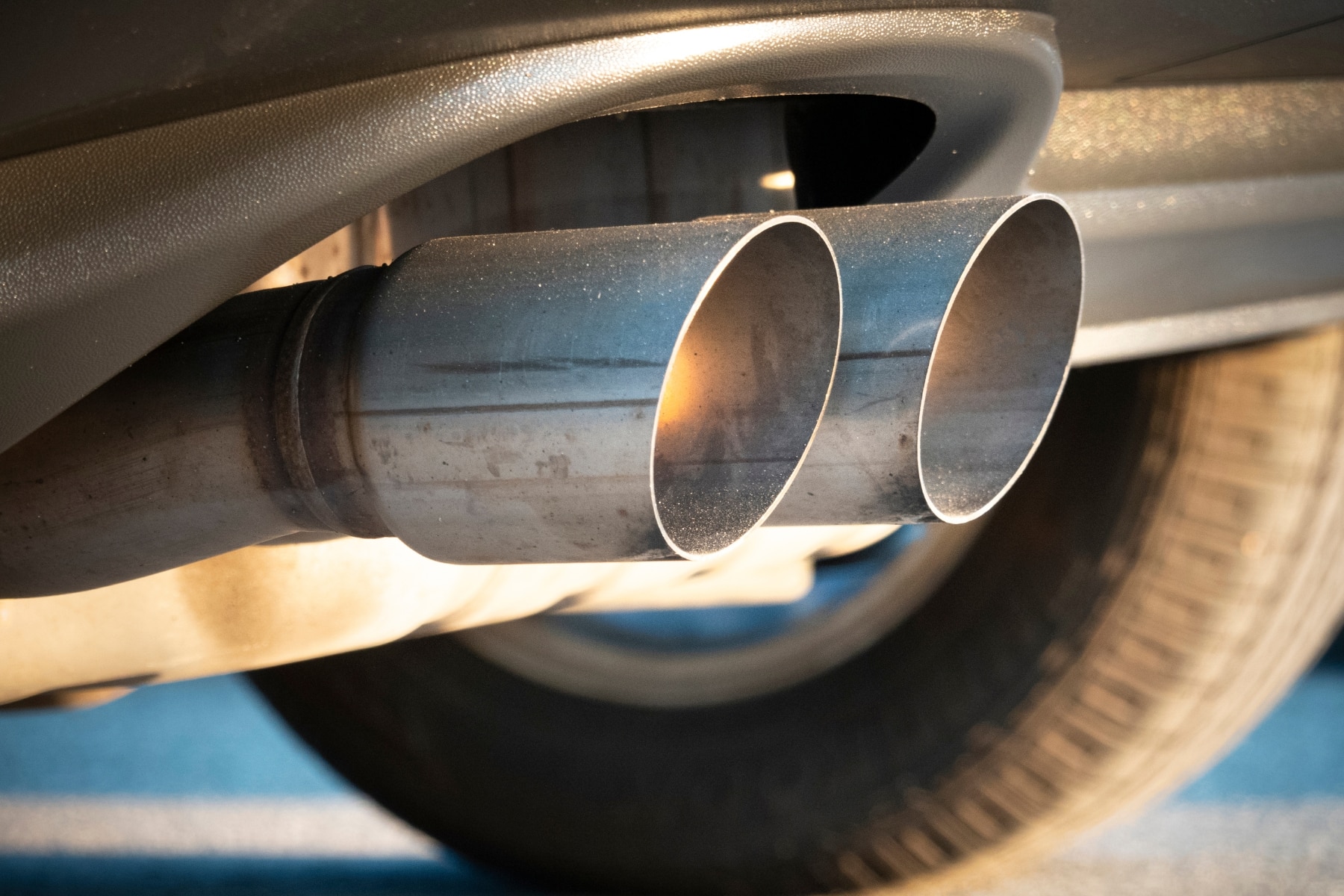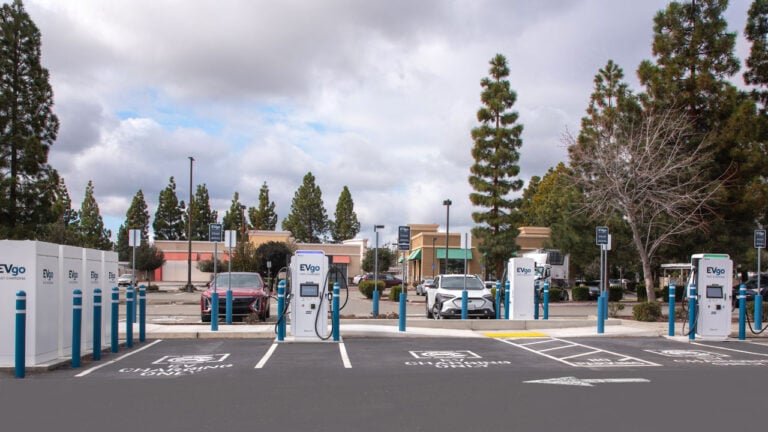What’s Happening: The U.S. Environmental Protection Agency (EPA) has proposed new federal vehicle emissions standards that aim to accelerate the transition to clean vehicles, improve air quality, and address the climate crisis. The proposed standards would reduce the country’s reliance on oil imports and save consumers thousands of dollars on vehicle maintenance.
Why It Matters: These new standards, which are considered the most ambitious ever proposed for cars and trucks, signify the Biden-Harris Administration’s commitment to protecting the environment and securing economic benefits for American families. The proposals would reduce nearly 10 billion tons of CO2 emissions and unlock significant health benefits, especially for communities that have borne the brunt of polluted air.
Key Points:
- The proposed standards cover light-, medium-, and heavy-duty vehicles for model years (MY) 2027 and beyond.
- They would significantly reduce climate and other harmful air pollution, leading to lower maintenance costs and fuel savings for drivers and truck operators.
- EPA projects that the standards would avoid nearly 10 billion tons of CO2 emissions through 2055, equivalent to more than twice the total U.S. CO2 emissions in 2022.
- The average consumer would save $12,000 over the lifetime of a light-duty vehicle under the new standards.
- Oil imports would be reduced by approximately 20 billion barrels.
- The benefits of the proposed standards are estimated to exceed costs by at least $1 trillion.
Bottom Line: The proposed vehicle emissions standards mark a significant step in the ongoing transition to cleaner vehicles, driven by President Biden’s Investing in America agenda. The standards reflect advancements and investments in clean vehicle manufacturing, aiming to reduce pollution, save consumers money, and decrease the nation’s reliance on oil imports. The proposed standards are expected to have considerable environmental, health, and economic benefits, especially for communities disproportionately affected by poor air quality.








